5G+ Real-Time Transmission: How the LS-Z1 Body-Worn Camera Revolutionizes Law Enforcement with Instant 4K Streaming to Command Centers
In the fast-evolving world of law enforcement technology, real-time situational awareness is no longer a luxury—it’s a necessity. The integration of 5G connectivity with body-worn cameras (BWCs) has unlocked unprecedented capabilities, enabling officers to stream 4K video instantaneously to command centers. Among the latest innovations in this space is the LS-Z1 5G Body-Worn Camera, a cutting-edge device designed to enhance officer safety, improve evidence collection, and streamline operations.
This article explores how 5G-powered real-time streaming is transforming policing, the key features of the LS-Z1, and why this technology is a game-changer for modern law enforcement.
The Power of 5G in Law Enforcement
1. Why 5G?
5G networks offer three critical advantages over previous generations (4G/LTE):
-
Ultra-Low Latency (<10ms delay) – Ensures live video feeds are nearly instantaneous.
-
High Bandwidth (Up to 10 Gbps) – Supports 4K UHD streaming without buffering.
-
Network Slicing – Prioritizes law enforcement traffic, preventing congestion during critical operations.
2. Benefits of Real-Time 4K Streaming
-
Instant Decision-Making – Command centers can monitor incidents live and deploy backup or adjust tactics in real time.
-
Enhanced Transparency – High-resolution footage ensures clarity in evidence, reducing disputes over officer conduct.
-
AI-Powered Analysis – Some systems integrate facial recognition, license plate reading, and threat detection as the video streams.
Introducing the LS-Z1: The Next-Gen 5G Body-Worn Camera
1. Key Features of the LS-Z1
| Feature | Description |
|---|---|
| 5G Connectivity | Seamless 4K live streaming with ultra-low latency. |
| 4K UHD Recording | Crystal-clear footage, even in low-light conditions (with IR night vision). |
| AI-Enhanced Analytics | Real-time object detection, facial recognition (optional). |
| Long Battery Life | Up to 12 hours of continuous recording + hot-swappable batteries. |
| Encrypted Storage | On-device + cloud backup with blockchain verification for tamper-proof evidence. |
| GPS + LTE Fallback | Ensures connectivity even in areas with weak 5G coverage. |
2. How It Works in the Field
-
Officer Activates Camera → 5G instantly transmits 4K video to the command center.
-
AI flags critical events (e.g., gun detection, aggressive behavior) → Alerts are sent to supervisors.
-
Command Center Coordinates Response – Dispatches backup, provides real-time guidance.
3. Case Study: LS-Z1 in Action
A police department in Los Angeles tested the LS-Z1 during a high-risk operation. The real-time 4K feed allowed tactical teams to identify an armed suspect hiding in a building before entry, preventing a potential ambush. The footage was later used in court, with blockchain-verified timestamps ensuring admissibility.
Challenges & Solutions
1. Data Security & Privacy Concerns
-
Solution: The LS-Z1 uses end-to-end encryption and blockchain-based verification to prevent tampering.
2. Network Coverage Limitations
-
Solution: The LS-Z1 supports LTE fallback and local caching—if 5G drops, recordings save automatically and upload when reconnected.
3. Cost & Adoption Barriers
-
Solution: Some agencies use federal grants (e.g., U.S. DOJ funding) to offset costs.
The Future of 5G-Enabled BWCs
-
Augmented Reality (AR) Integration – Officers may soon see suspect data overlaid in real time via smart glasses.
-
Drone & Bodycam Syncing – Aerial drones could stream to command centers alongside ground units wearing LS-Z1 cameras.
-
Predictive Policing AI – Machine learning could analyze live feeds to predict crime hotspots.
Conclusion
The LS-Z1 5G Body-Worn Camera represents a quantum leap in law enforcement technology. By combining 5G speed, 4K clarity, and AI analytics, it empowers officers with real-time intelligence while ensuring transparency and accountability.
As more agencies adopt this technology, we can expect faster response times, stronger evidence, and safer communities. The future of policing isn’t just about recording incidents—it’s about preventing them before they escalate.
Are your local law enforcement agencies using 5G-enabled body cams? Let us know in the comments!
No comments



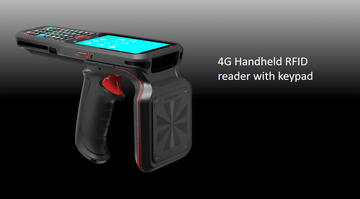
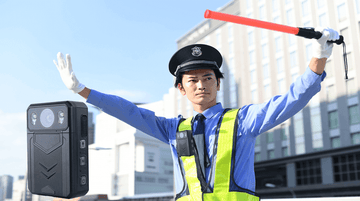


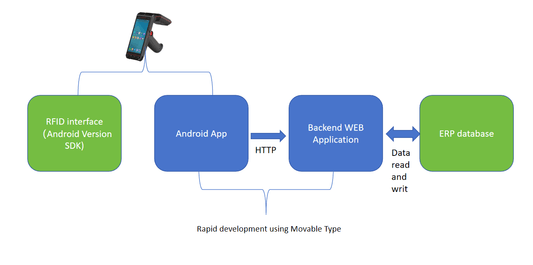
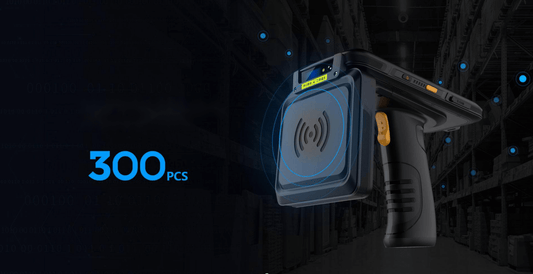
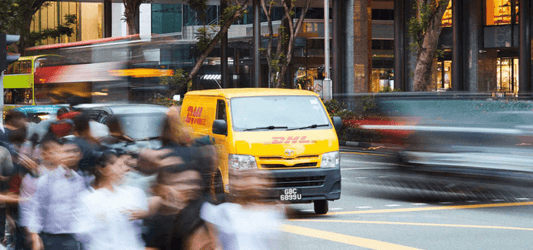

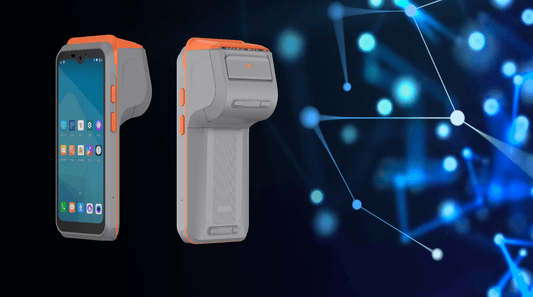
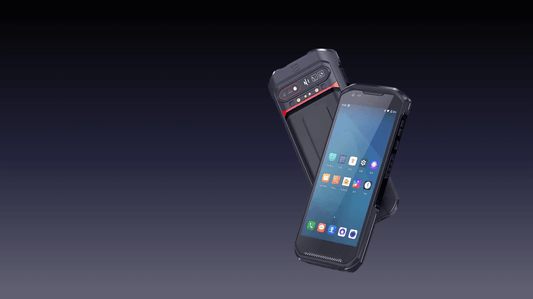
0 comments